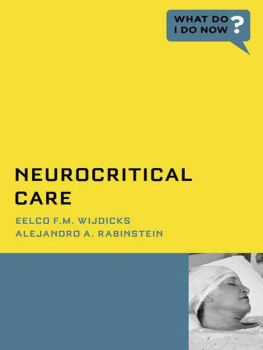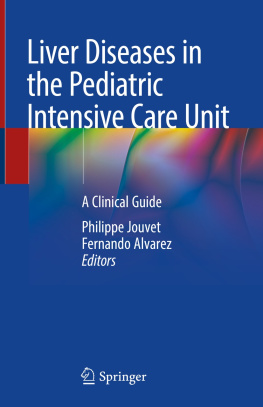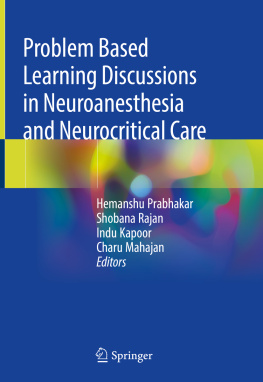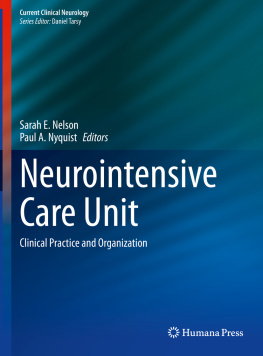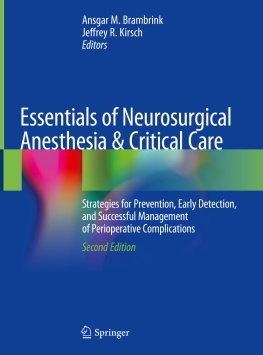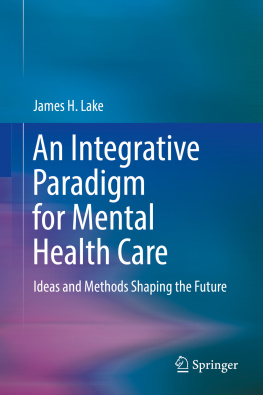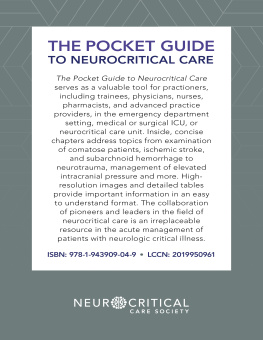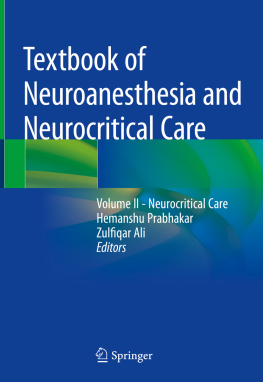Contents
Cerebral hemorrhage sometimes requires neurosurgical evacuation. Surgery becomes an option when a patient has deteriorated. The indications for intervention, and particularly the timing of intervention, are discussed. This chapter also reviews the available evidence from clinical trials.
Anticoagulation-associated cerebral hemorrhage often results in expansion and worsening of the clinical condition. Early reversal of anticoagulation is key to reduce the hemorrhage volume. Traditionally it involves administration of fresh frozen plasma and vitamin K, but this chapter discusses new pharmacologic approaches.
New traumatic brain contusions may rapidly result in increased intracranial pressure. This chapter discusses how to recognize early increased intracranial pressure (ICP) and indications for placement of a monitoring device. The first line of ICP control is provided in this chapter. The effects and side effects of different osmotic diuretics are discussed.
Outcome in acute bacterial meningitis is dependent on early initiation of antibiotic treatment. This chapter discusses the pros and cons of corticosteroids, choice of antibiotics, how to rapidly assess the severity of the illness, and how to find the source of the infection.
The diagnosis of encephalitis is easy, finding the cause is not. The differential diagnosis of the main forms of acute encephalitis is discussed here. Medical therapy and indications for brain biopsy are mentioned.
Assessing the need for respiratory support in acute neuromuscular disease is difficult. This chapter discusses indications of triage to the intensive care unit, the benefits and risks of noninvasive mechanical ventilation and indications of intubation in acute neuromuscular disorders, such as Guillain-Barr syndrome and myasthenia gravis.
Major hemispheric stroke from large intracranial vessel occlusion may not respond to intravenous thrombolysis and may require a more aggressive endovascular approach. How to make that determination using CT angiogram and CT perfusion is discussed. This chapter mentions currently used mechanical clot disruption devices and what they can achieve.
Large hemispheric ischemic strokes may swell, and decompressive craniectomy is sometimes the only way to salvage the patient from certain neurologic death. Not everyone is persuaded by this last-resort measure. Who benefits and how much is discussed.
Patients with a subarachnoid hemorrhage have a proclivity to deteriorate. Common causes include rebleeding, hydrocephalus, and cerebral vasospasm. Prevention of complicationsneurologic and medicalis key to reduce morbidity. Diagnostic and therapeutic recommendations are provided.
For these patients there is an immediate urgency to prevent permanent paralysis. For many physicians this is one of the most uncomfortable situations. The immediate medical treatment with corticosteroids and indications for acute neurosurgical decompression are discussed.
Many seizures stop with benzodiazepines and fosphenytoin, but what are the options when seizures return? What are the readily available choices and what works? These options are discussed.
Deteriorating patients with metastasis or malignant brain tumor in close proximity to the brainstem may be due to hemorrhage or brain edema. Options for stabilization and indications for urgent debulking are discussed.
Hypothermia protocols are increasingly used to treat comatose patients after CPR. The indications, management, and implications for neurologic prognostication are discussed.
How to manage a comatose patient with a serious intoxication is discussed. Options for antidotes, dialysis, and other measures to correct laboratory abnormalities are concisely reviewed.
Failure to awaken fully after surgery is a common reason for consultation. One example of a patient with a postoperative stroke is presented to illustrate the discussion on differential diagnosis.
Successful brain surgery, but no awakening of the patient. Evaluation, interpretation of neuroimaging, and potential causes are discussed.
Perhaps one of the most difficult disease states to handle well. Acute agitation may lead to complications and prolongation of ICU stay. Inadequate use of medication may only lead to further complications.
The sudden appearance or fever and hypotension in any patient with an acute brain injury requires a quick evaluation and intervention. How to successfully approach this problem is illustrated in a typical case scenario.
Diffuse pulmonary infiltrates on chest X-ray and oxygen desaturation may indicate several acute conditions. How to differentiate neurogenic from cardiogenic from aspiration and how to best treat these conditions initially is discussed.
An underappreciated and undertreated condition that may cause potentially life threatening complications. The difficulties with management and short- and long-term pharmacologic approaches are discussed.
Blood pressure goals after acute ischemic and hemorrhagic stroke are commonly established early on. The rationale for treatment but also the uncertainties of when to treat are discussed in detail.
EKG changes are common and vary from simple ST changes in the EKG components to complex cardiac arrhythmias. In addition, critically ill patients often have underlying cardiac disease and the most common problem is flaring up of atrial fibrillation. The pharmacologic choices to initially treat the increased heart rate and options for long-term control are discussed.
Dysautonomia is common in severe forms of GBS, paralytic ileus is a concern in all immobilized bedridden patients with GBS. Treatment of these autonomic disorders is provided here.
Weaning from the ventilator after intubation after treatment for myasthenic crisis is difficult with a high probability of reintubation. Stategies for successful weaning and extubation are discussed.
Hyponatremia is a very common electrolyte abnormality in the NICU and in particular after subarachnoid hemorrhage. Evaluation and treatment are discussed. How to calculate rate of infusion of fluids is highlighted.
Diabetes insipidus is a difficult management problem after surgery for resection of a centrally located brain tumor. Fluid management, administration of vasopressin, and monitoring of effect of treatment are discussed.
Drug interactions are common, but frequently not noticed. Some are very concerning and clinically relevant. An example of how antiepileptic drugs interact with warfarin is discussed.
Early on the diagnosis of a persistent vegetative state and its important long-term implications remains tentative at best. Long-term care of debilitated neurologic patients requires placement of a tracheostomy and percuteous gastrostomy. Timing and indications are discussed in this chapter.
Discussion of DNR/DNI orders and interpretation of advance directives with family members. Who brings this up? How to go about withdrawing of support and how to provide best palliation is discussed.
Brain death determination and confounders. The potential for errors and how to avoid them are listed.
Physicians have the obligation to approach an organ procurement agency after brain death or after the decision to proceed with withdrawal of life support measures. The two main proceduresdonation after brain death and donation after cardiac deathare discussed in this chapter.
More Advance Praise for
Neurocritical Care
The essence of the contemporary clinical practice of Critical Care Neurology is rapidly making life-and-death decisions for patients with conditions about which there is often little conclusive clinical science available for guidance. In this unique text, Drs. Wijdicks and Rabinsteintrue masters of both the practice and science of critical care neurologydeftly combine nuanced interpretation of the most pertinent scientific literature with unparalleled experience and incisive reasoning to provide explicit guidance for making the most difficult of these decisions.
Next page
